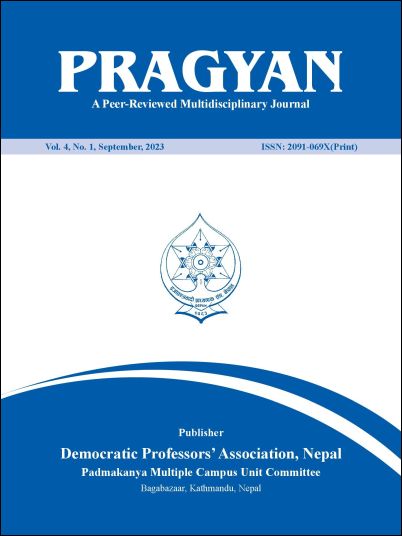Sanskritization in Nepal: The Impact of Social Stratification
DOI:
https://doi.org/10.3126/pprmj.v4i1.67629Keywords:
Social stratification, Sanskritization, high caste, low casteAbstract
Social stratification is the division of people into various groups or strata in a community according to their cultural beliefs, traditions, or occupation. Both in Nepal and all throughout the world, it is a widely accepted practice. M. N. Srinivas introduced the idea of "Sanskritization," which refers to the lower caste adopting the social customs, practices, and behaviors of the upper caste in order to advance in social position and hierarchy. Additionally, it involves changing their surname, getting married to girls from higher social classes, using Hindu scripts and Vedas, and changing their line of work. The social barriers relating to class discrimination and distinction in society are also being broken down by globalization, westernization, and urbanization.




